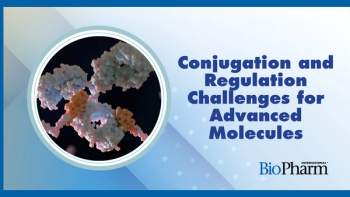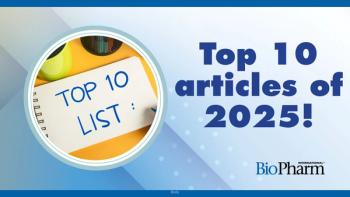
NIH, Lacks Family Reach Understanding on Genomic Data of HeLa cells
New NIH policy requires researchers to apply for access to the full genome sequence data from HeLa cells.
The new controlled access policy for full genome sequence data from HeLa cells will give the Lacks family the ability to have a role in work being done with the HeLa genome sequences and track any resulting discoveries. Under the policy, biomedical researchers who agree to abide by terms set forth in the HeLa Genome Data Use Agreement will be able to apply to NIH for access to the full genome sequence data from HeLa cells. Along with representatives from the medical, scientific, and bioethics communities, two representatives of the Lacks family will serve on NIH’s newly formed, six-member working group that will review proposals for access to the HeLa full genome sequence data. In addition, NIH-funded researchers who generate full genome sequence data from HeLa cells will be expected to deposit their data into a single database for future sharing through this process.
Henrietta Lacks, was treated for cervical cancer at Baltimore’s Johns Hopkins Hospital in 1951. Cells were extracted from the biopsy of her tumor sample for use in research without her knowledge or consent. At the time, there were no federal regulations or restrictions on the use of patients’ cells in research. Although Lacks died shortly afterwards, scientists were able to keep her cancer cells alive and replicating under laboratory conditions. Her cells were the first human cells cuhuricl continuously for use in research, according to NIH.
Source:
Newsletter
Stay at the forefront of biopharmaceutical innovation—subscribe to BioPharm International for expert insights on drug development, manufacturing, compliance, and more.




